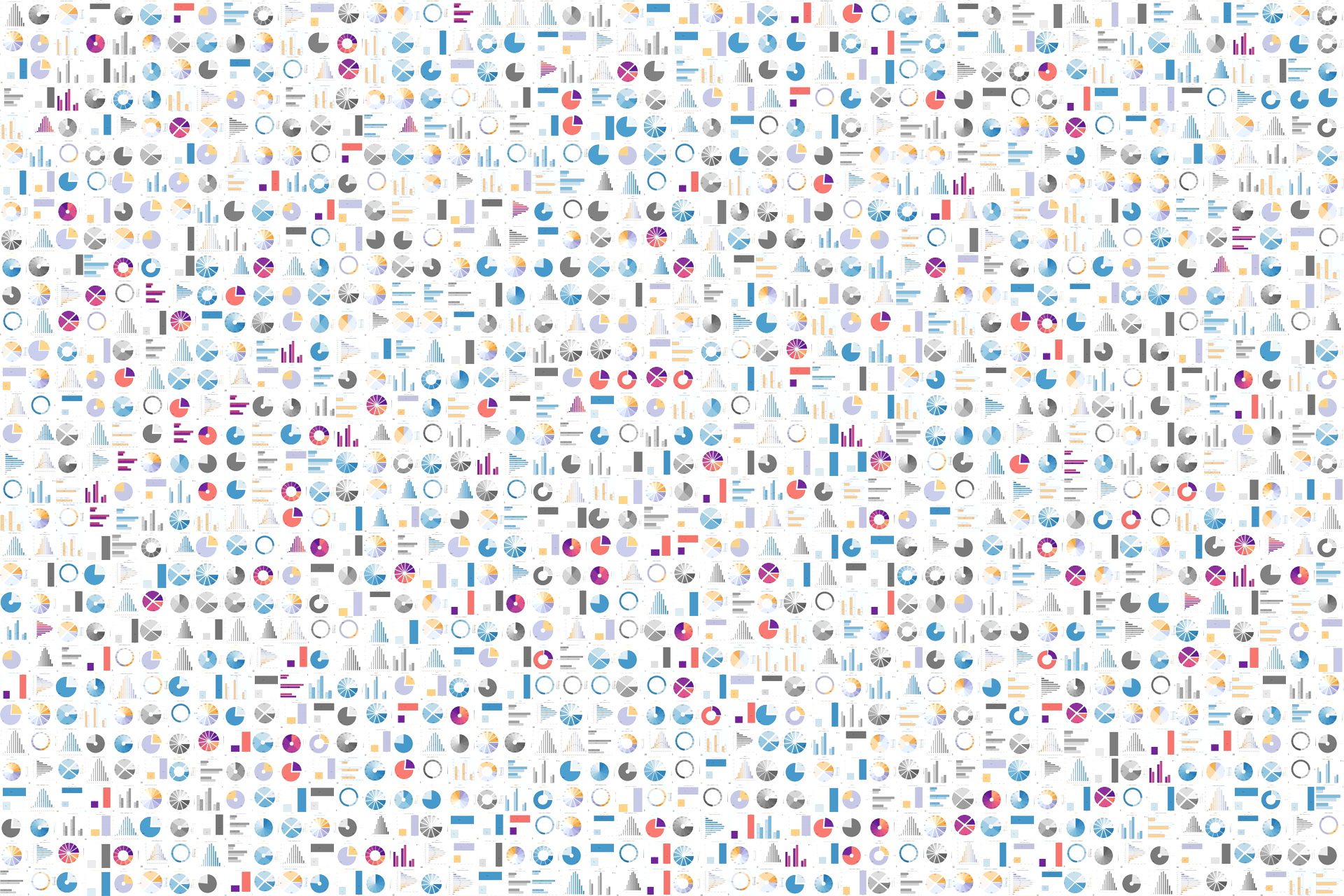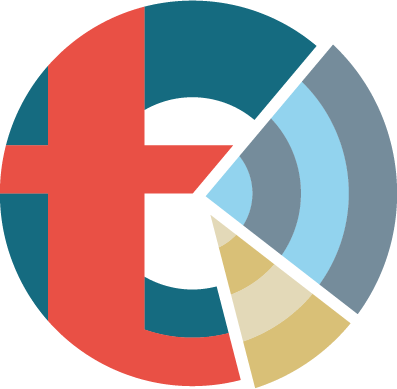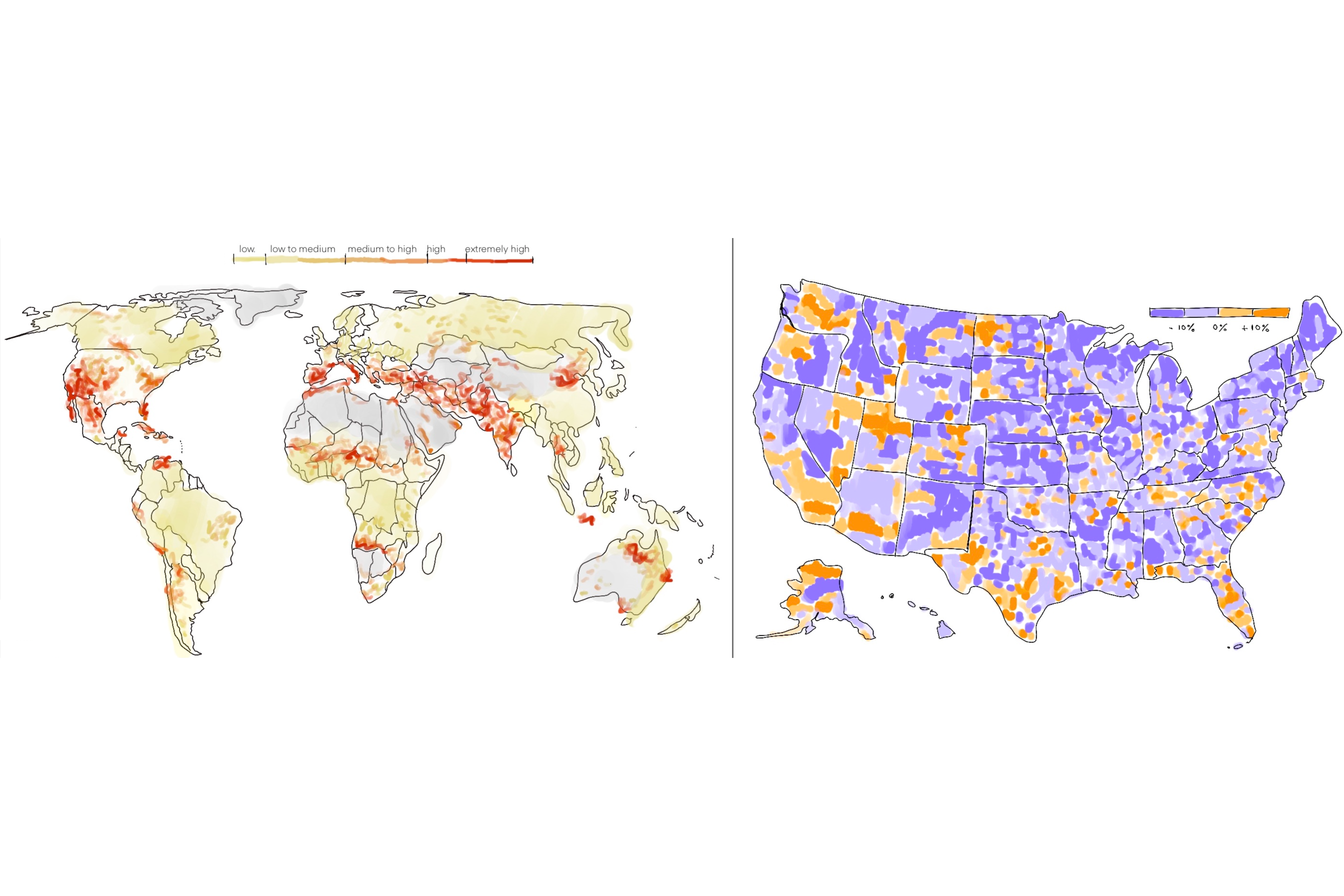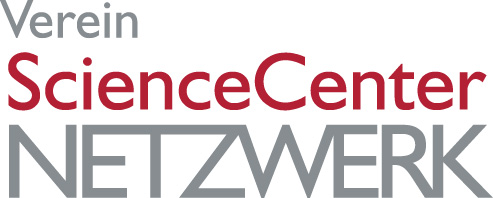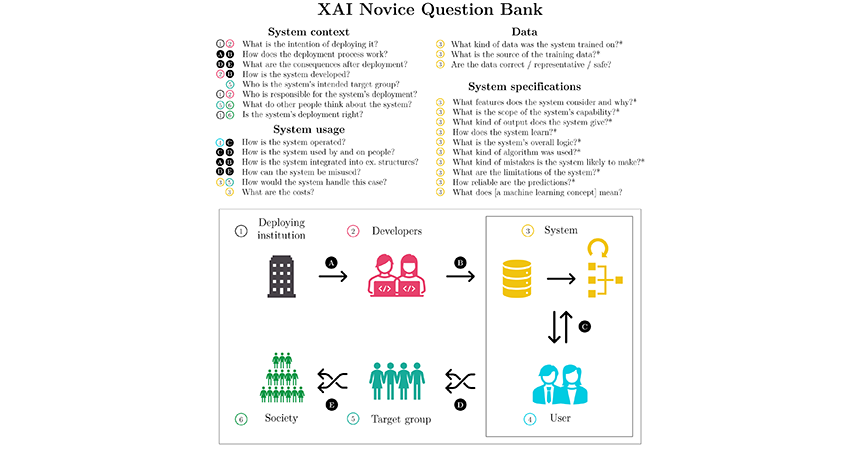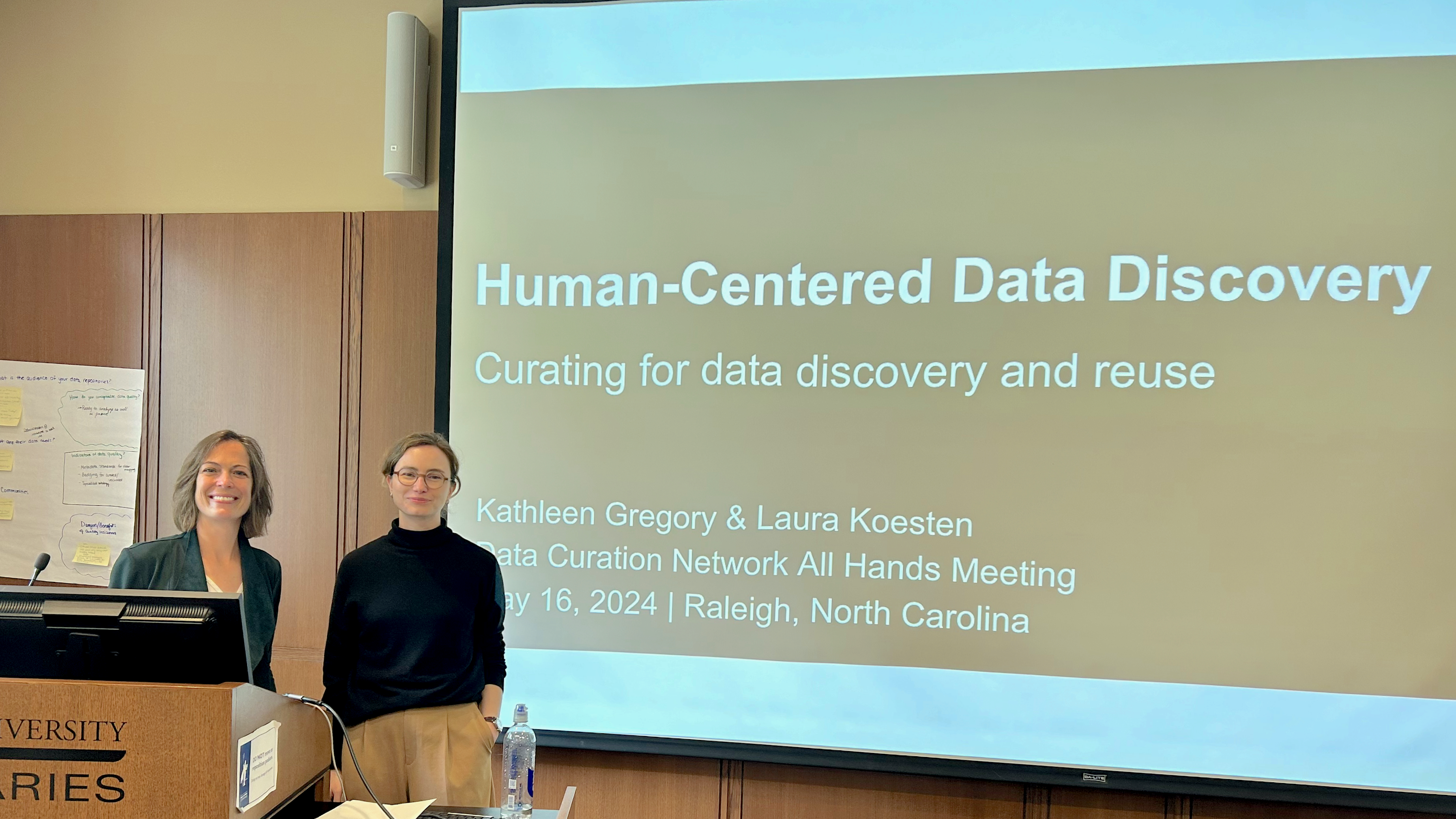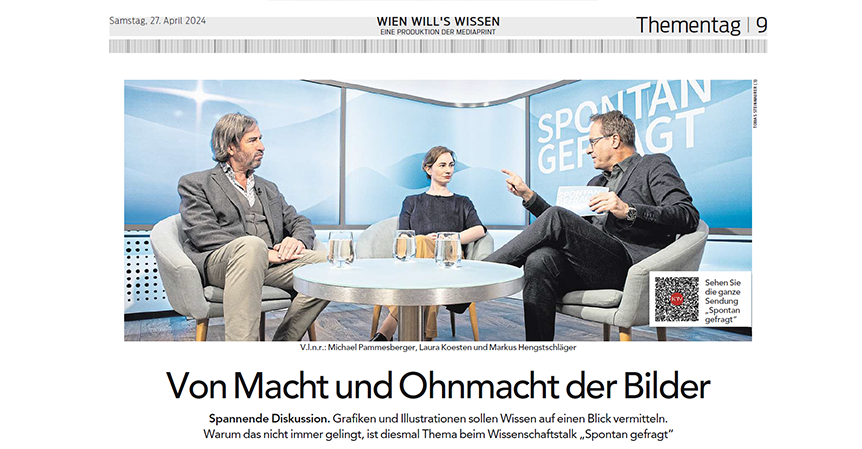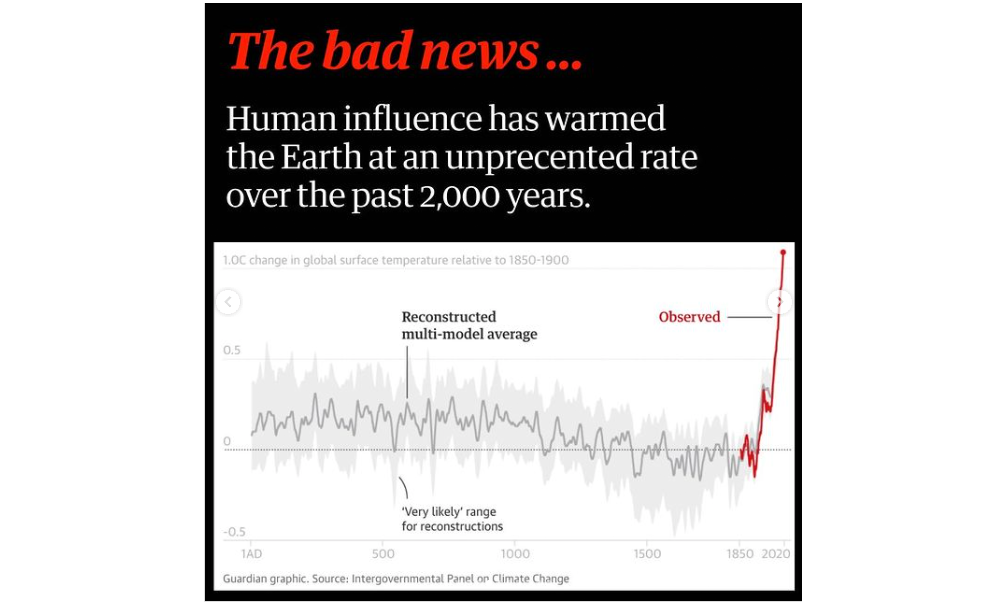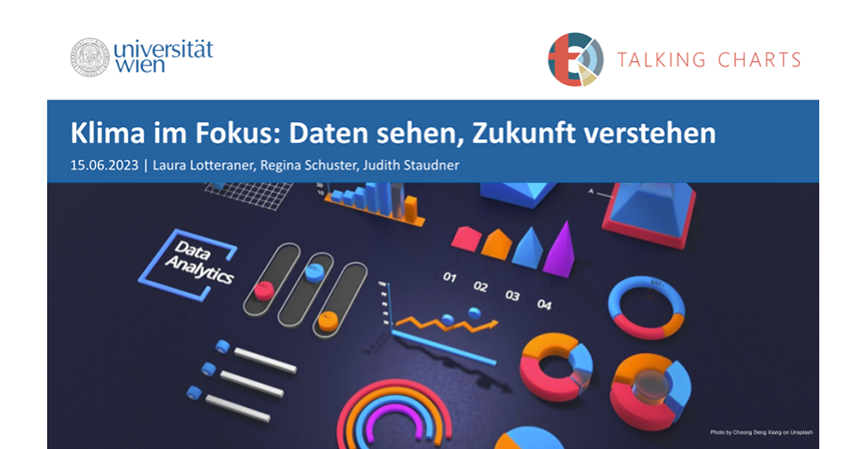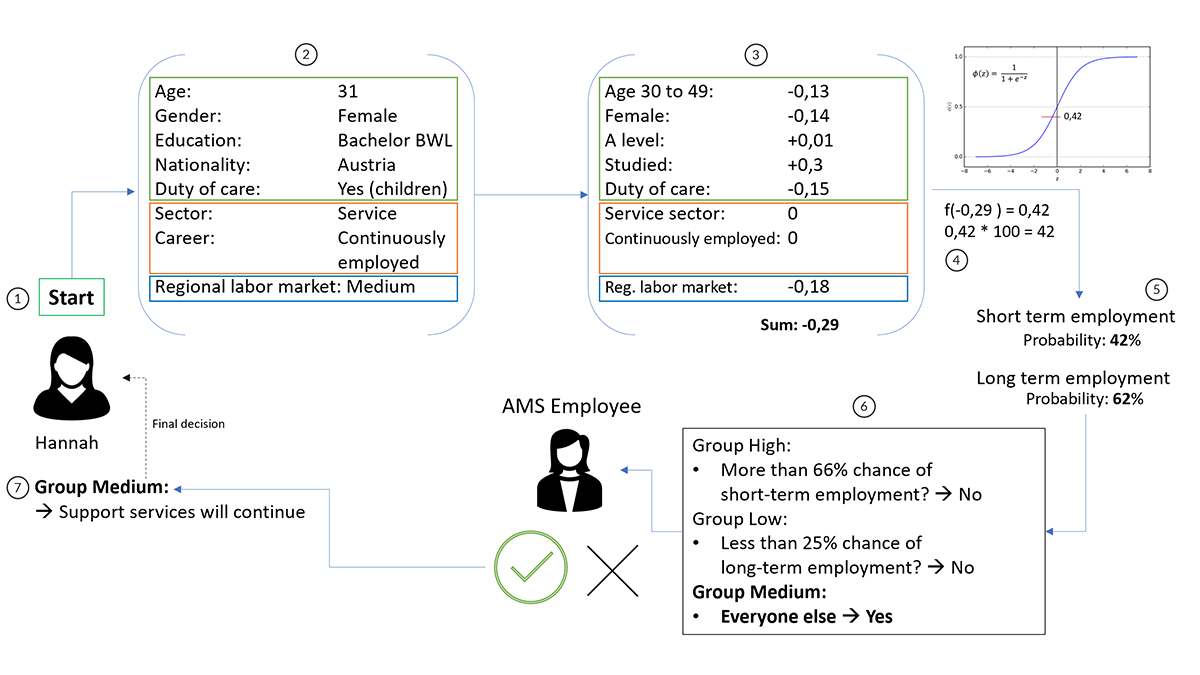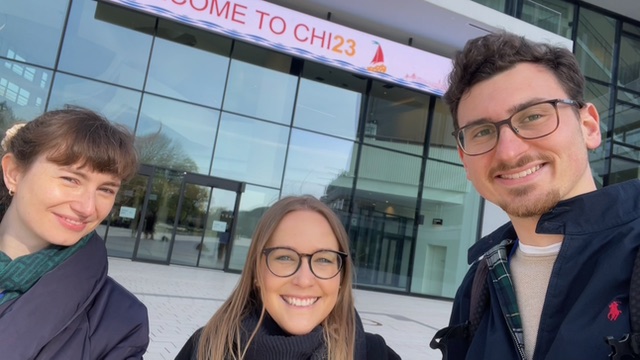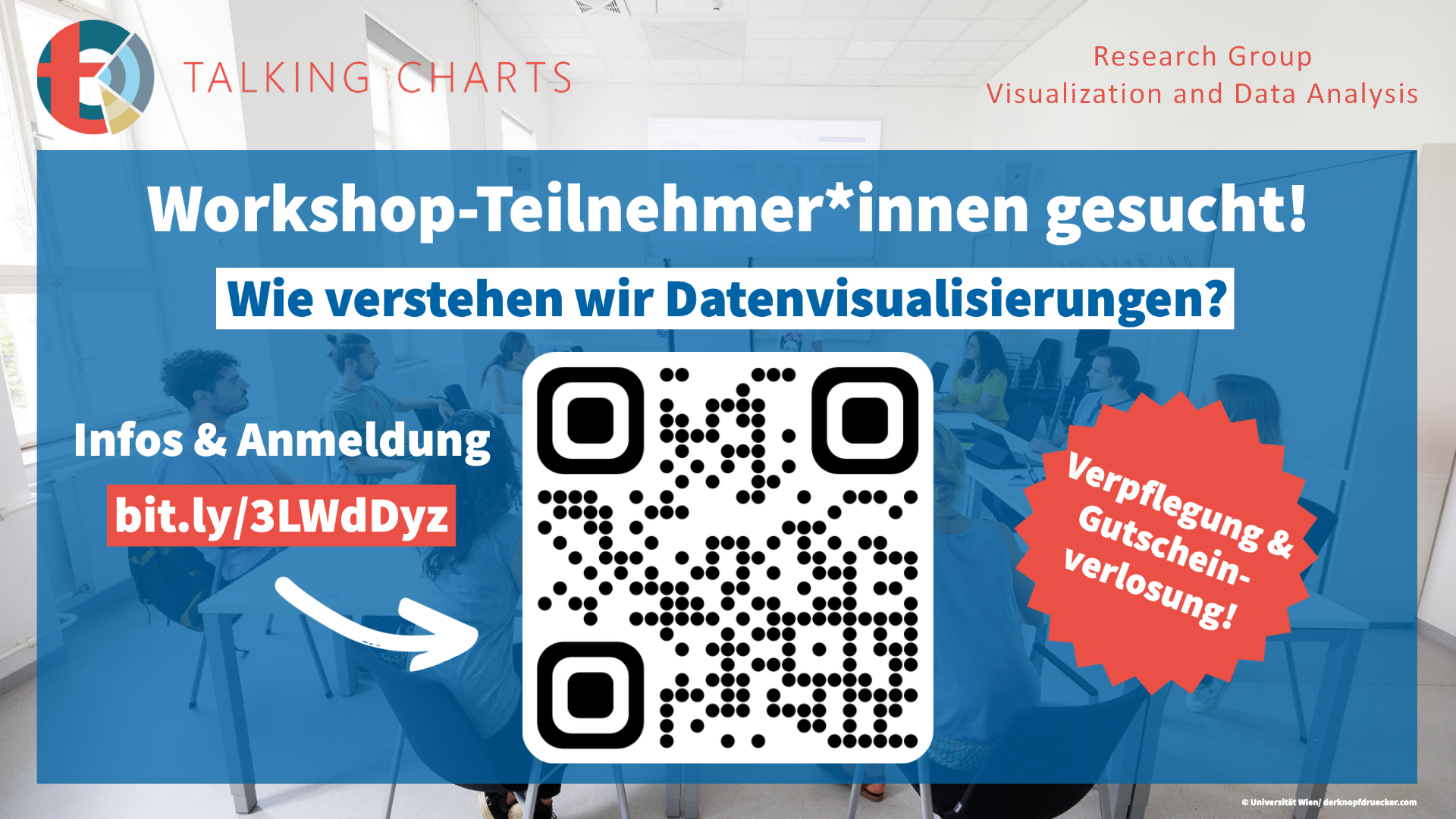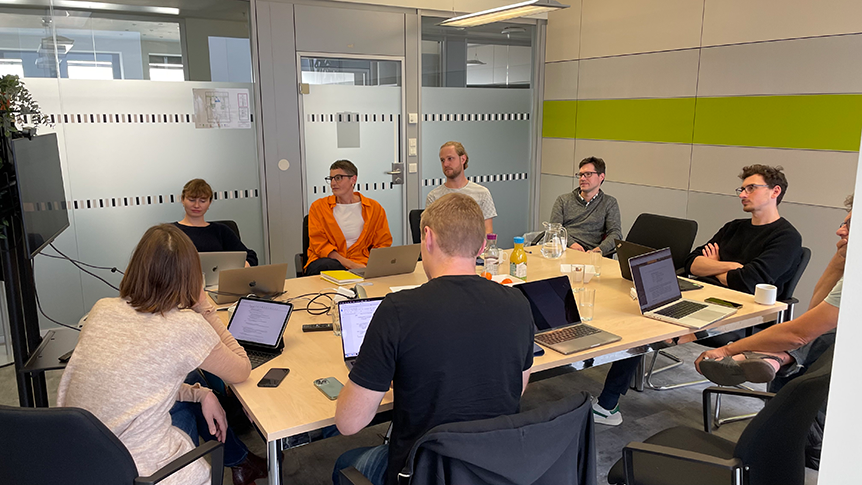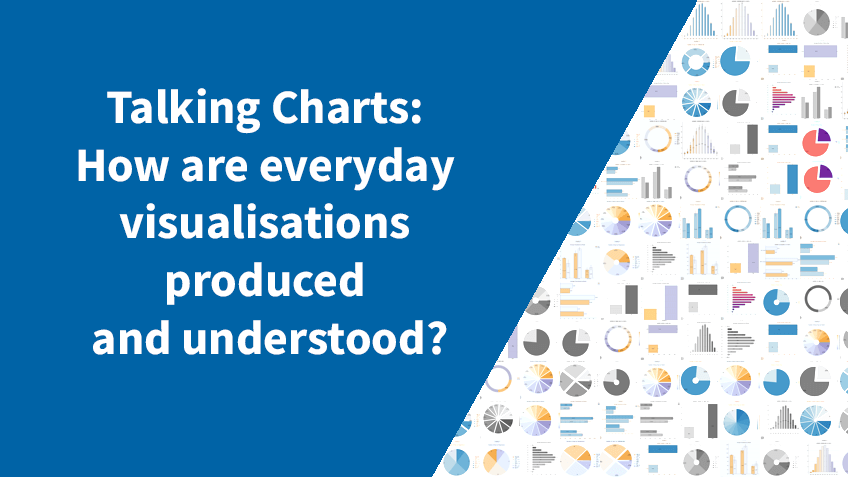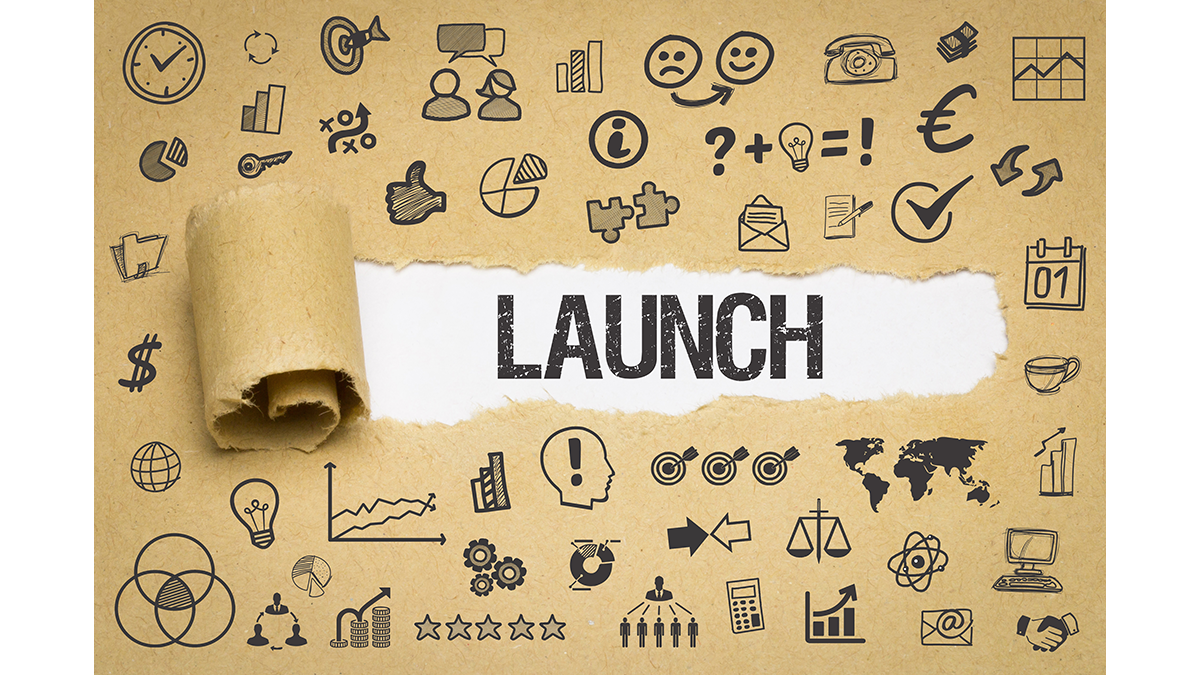About the project
Visualizations are ubiquitous tools for communicating data, both within science and the popular
media. Urgent messages with immediate effects on public life, i.e. the exponential growth of
COVID-19, are often communicated via charts or diagrams. It is not clear whether public
interpretations of these visualizations match the messages their creators aim to convey. The same is
true for data visualizations in science; it is not a given that experts will interpret them the way
they are intended.
How do visualization producers create, and consumers understand, the messages carried
in visualizations? How do consumers come to trust or to distrust, to act on or to ignore them?
Talking charts is a mixed-methods project exploring how people encode, understand and engage with the
messages (and implicit assumptions) communicated by data visualizations, particularly those focusing
on COVID-19 and climate change.
The project team, with expertise in computer science and science & technology studies, will
study and work with members of two case studies: 1) journalists and their readership and 2)
researchers in the natural sciences, to develop and co-create tools and guidelines facilitating
visual data understanding. We take actual practices of visualization production and sensemaking as a
starting point to inform and intervene into design, while at the same time seeking to foster
dialogue between visualization producers and consumers.
